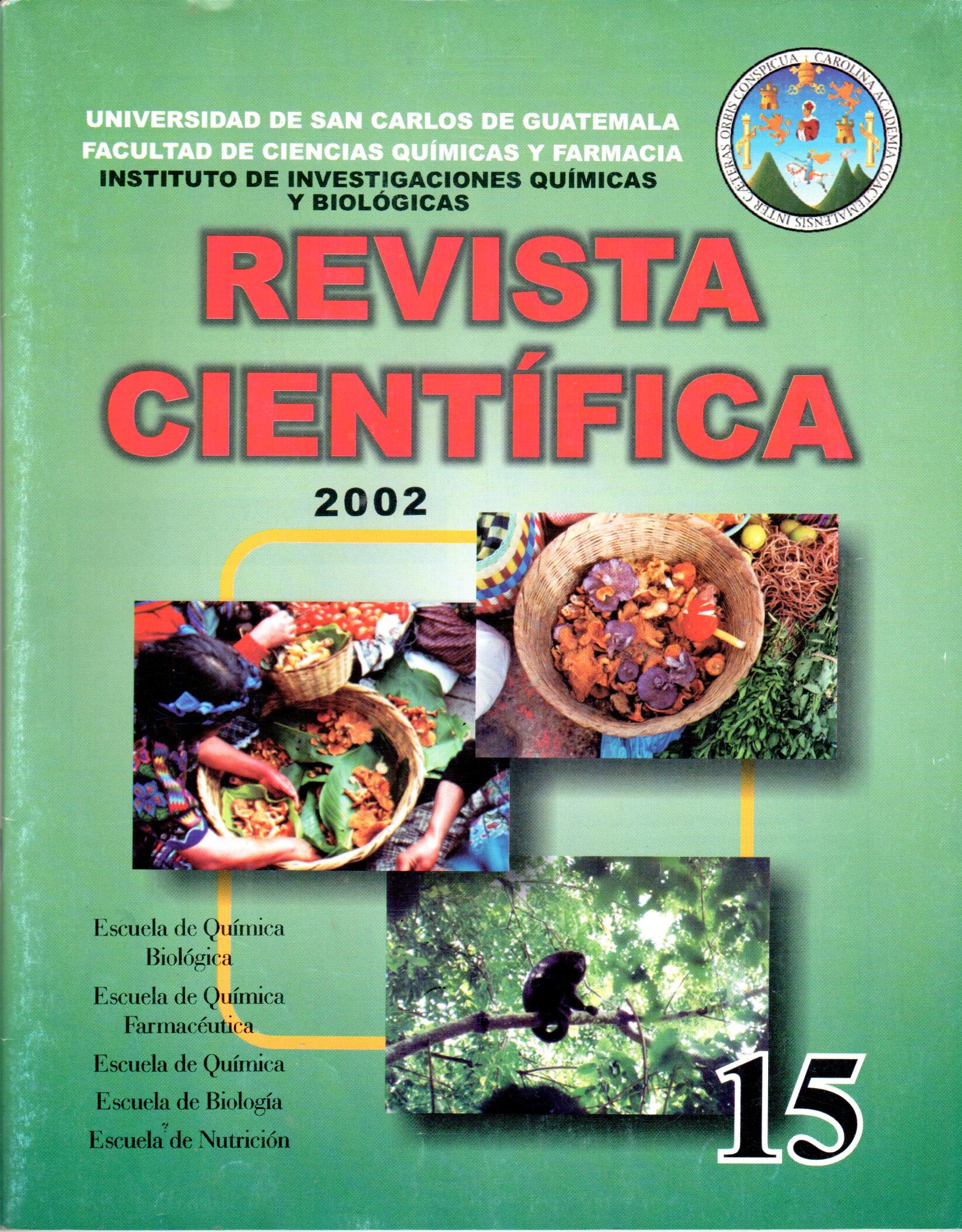Identification of the predominant species of Malassezia sp in samples from patients with pityriasis versicolor, folliculitis and seborrheic dermatitis
DOI:
https://doi.org/10.54495/Rev.Cientifica.v15i1.256Keywords:
Identification, predominant species, Malassezia sp, samples from patients, pityriasis versicolor, folliculitis, seborrheic dermatitisAbstract
Malassezia sp. It is a dimonic fungus, which can be isolated from human skin because it is a normal microbiota of the skin.
It is recognized as the causal agent of three superficial mycoses: pityriasis versicolor, seborrheic dermatitis and
folliculitis. The development of these pathologies is influenced by factors such as hot weather and prolonged exposure to the sun. In the present study, sampling was carried out in three military bases in the Pacific with a total population of 1,261 patients. A total of 95 samples from patients who presented lesions suggestive of pityriasis versicolor, seborrheic dermatitis or folliculitis were evaluated. Direct examination with KOH and Parker ink revealed the presence of mycelium and/or yeasts in 62% of the samples. Sabouraud was initially cultured with antibiotics and Sabouraqd agar with antibiotics and olive oil. From these cultures, a yeast-like growth was obtained in 31 samples (33%). For subsequent identification, modified Dixon's differential agar was used, obtaining 90% growth (28 samples). These samples were reseeded on simple Sabouraud agar, obtaining growth in only 8 of them (29%). those that were eliminated from the study because they were identified as non-lipophilic yeasts. The remaining 20 samples, corresponding to 71%. they were submitted to biochemical tests of catalase and urease: and microscopic evaluation with lactophenol blue. obtaining results corresponding to Malassezia furfur, which allows affirming that this species is the causal agent of pityriasis versicolor lesions in Guatemala.
Downloads
References
Guého E., Mikhley G..Guillot J. The genus Malassezia with description of seven new species. A van Leewenhoek 1996; 69: 337-355, https://doi.org/10.1007/BF00399623 DOI: https://doi.org/10.1007/BF00399623
Logemann Lima HE. Manual Práctico de Micología Médica. Primera Edición. Guatemala. 1995.
Gupta AK., Kohli Y., Summerbell RC. Molecular differentation of seven Malassezia species. J. Clin Microbiol 2000; 38: 1869-1875, https://doi.org/10.1128/JCM.38.5.1869-1875.2000 DOI: https://doi.org/10.1128/JCM.38.5.1869-1875.2000
Downloads
Published
How to Cite
Issue
Section
License
Copyright (c) 2002 C. Castillo, G. Chacón, N. Del Cid, L. Lemus, A. Zamboni

This work is licensed under a Creative Commons Attribution 4.0 International License.
Authors who publish with this journal agree to the following terms:
- Authors retain copyright and grant the journal right of first publication with the work simultaneously licensed under a Creative Commons Attribution License 4.0 that allows others to share the work with an acknowledgement of the work's authorship and initial publication in this journal.
- Authors are able to enter into separate, additional contractual arrangements for the non-exclusive distribution of the journal's published version of the work (e.g., post it to an institutional repository or publish it in a book), with an acknowledgement of its initial publication in this journal.
- Authors are permitted and encouraged to post their work online (e.g., in institutional repositories or on their website) prior to and during the submission process, as it can lead to productive exchanges, as well as earlier and greater citation of published work.









